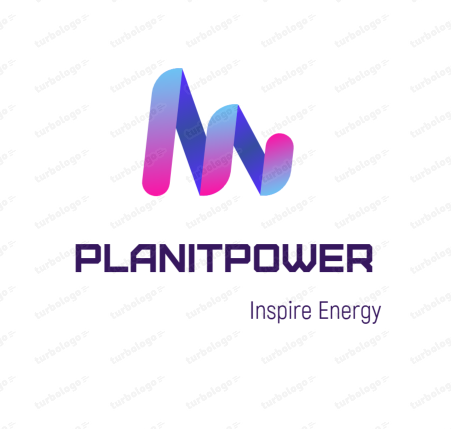Introduction
In the face of today’s environmental and energy challenges, new solutions are emerging to make our cities more sustainable and resilient. Among these innovations, hydro-biosolar roofs are emerging as a promising sustainable technology combining the benefits of photovoltaic systems and sustainable rainwater management. These multifunctional roofs not only produce renewable energy, but also improve the quality of life in urban areas while protecting the environment.
In this article, we’ll explore in depth the concept of hydro-biosolar roofs, their multiple benefits for buildings and society. And their potential as a sustainable solution to climate change.
What is a hydro-biosolar roof?
A hydro-biosolar roof is an innovative, patented technology from Oasis Biosolar that combines three key systems:
- Photovoltaic solar panels to produce green energy.
- A green roof that promotes urban biodiversity, improves thermal insulation and helps regulate temperatures.
- A rainwater management system that recovers, stores and reuses rainwater, reducing runoff and the risk of flooding.

The Oasis System is a modular solution for producing electrical energy from solar energy coupled with the management and optimization of rainwater on roofs.
It reduces peak rainfall and lowers the overall volume of water evacuated to the drainage system through evapotranspiration from plants. It is multimodal, enabling different roofing systems to be integrated on the same support.
How does a hydro-biosolar roof work?
The principle behind hydro-biosolar roofs is based on synergy between the different layers and integrated systems.
1. Solar energy generation
The heart of a hydro-biosolar roof lies in its photovoltaic panels, which capture sunlight to generate electricity. The evaporation of the vegetation complex on OASIS (Hydrostock + substrate + vegetation) cools the photovoltaic panels on the underside, boosting their yield during periods of high heat. An average of +10.44% electrical yield is achieved.
2. Green roof
Beneath the solar panels is a green roof, made up of specific substrates that host plants adapted to the climate and urban conditions. These green roofs offer several advantages:
Improved thermal insulation: Vegetation acts as a natural barrier against heat in summer and retains heat in winter, reducing the need for air conditioning and heating.
Regulation of urban temperatures: By absorbing the sun’s heat, green roofs help to reduce the urban heat island effect. The heat island effect is a phenomenon where cities become significantly warmer than the surrounding rural areas.
Creating biodiversity: These roofs serve as a refuge for local fauna, including pollinating insects, birds and certain native plants, thus reinforcing biodiversity in urban environments.
3. Rainwater management
Finally, an integrated rainwater management system is designed to collect rainwater falling on the roof. This water can then be stored and reused for a number of purposes:
Irrigation of roof plants: The stored water is used to maintain the humidity of the green roof. This ensures sustainable plant growth even in dry periods.
Runoff reduction: By capturing and storing rainwater, these roofs act as a buffer, helping to reduce runoff in the event of heavy rainfall. This reduces the risk of flooding and relieves urban drainage systems.
Challenges and limitations of hydro-biosolar roofs
While hydro-biosolar roofs offer many advantages, their implementation also presents certain challenges.
1. High initial cost
The main obstacle to the widespread adoption of hydro-biosolar roofs is their initial cost, which can be high due to materials, solar panel installation, vegetated substrate and water management systems. However, these costs can be amortized over the long term through energy savings, reduced stormwater management costs and a potential increase in the building’s property value.
2. Maintenance
Hydro-biosolar roofs require regular maintenance, particularly where the green roof is concerned. Plants need to be monitored, watered and, in some cases, replaced, which can represent an additional cost for building owners.
3. Weight and structural constraints
Green roofs and water harvesting systems add extra weight to building roofs. This can cause problems if the structure is not adapted. It is essential to ensure that existing buildings are robust enough to support these systems before they are installed.
The potential of hydro-biosolar roofs for the cities of the future
With increasing urbanization and the impacts of climate change, hydro-biosolar roofs represent a key solution towards sustainability. They enable us to meet several challenges at once: renewable energy production, water resource management, improved air quality and the creation of green spaces in urban environments.
Many cities around the world, notably in Europe and North America, have already begun to integrate green roofs and solar panels into their urban development projects. The addition of stormwater management systems further enhances their effectiveness and relevance in modern urban contexts.
Conclusion
Hydro-biosolar roofs represent a major innovation in the way we design our buildings and urban infrastructures. By combining photovoltaic solar energy production, roof greening and sustainable rainwater management, these roofs offer a holistic response to contemporary environmental challenges.








